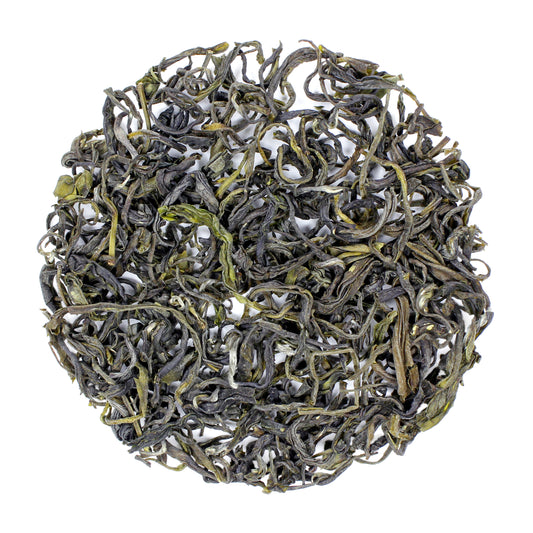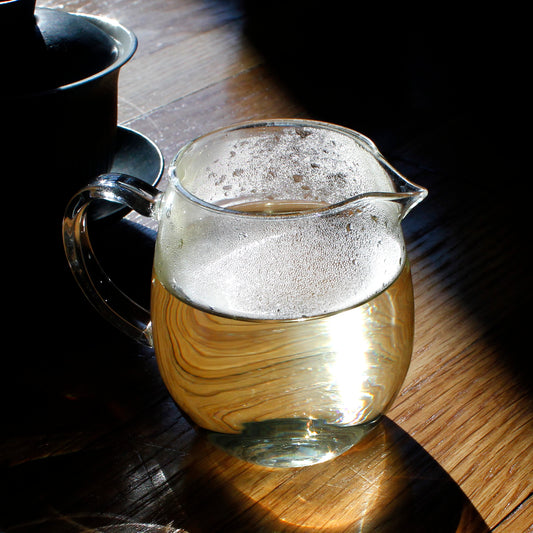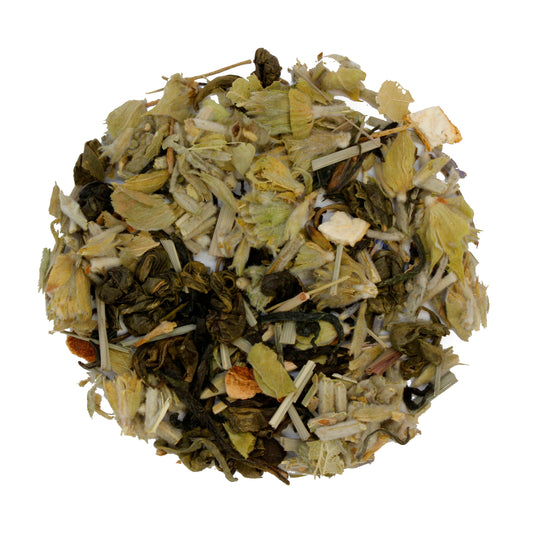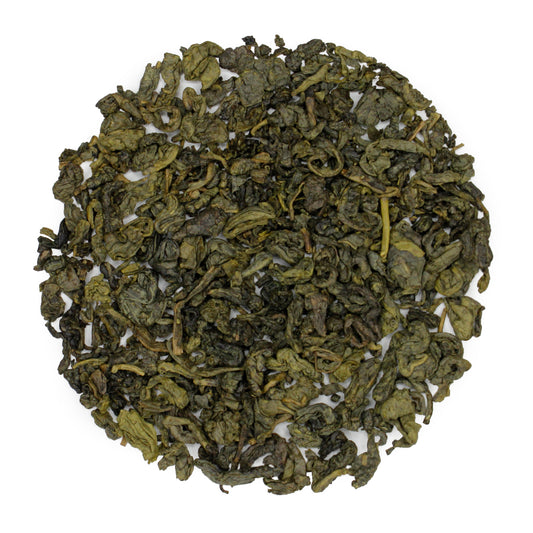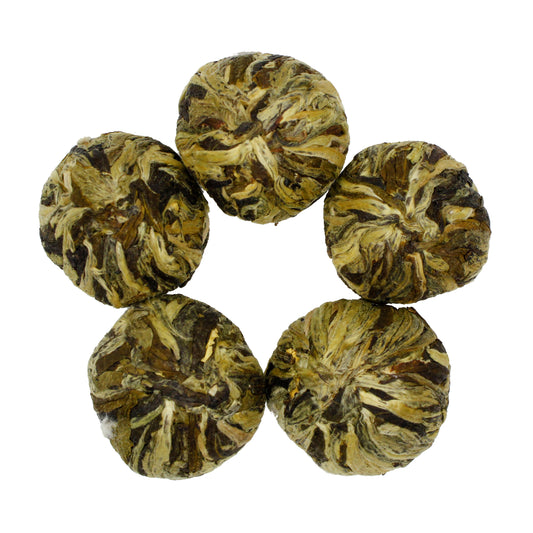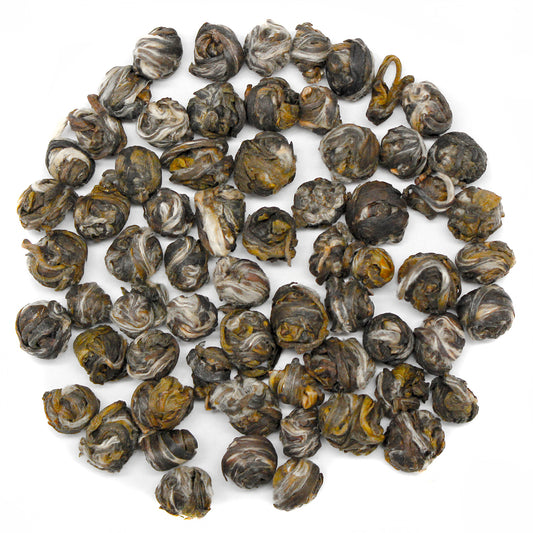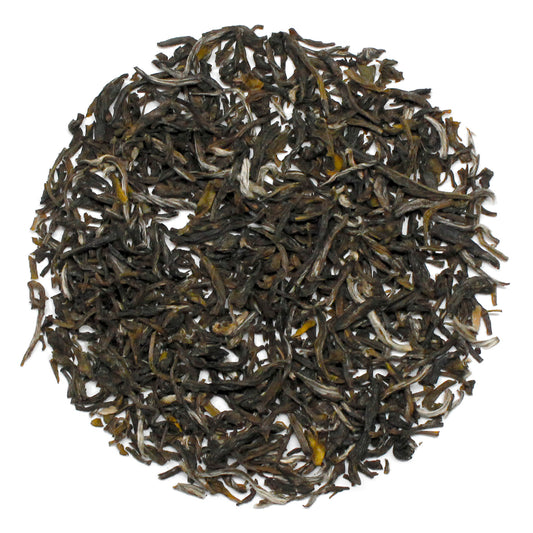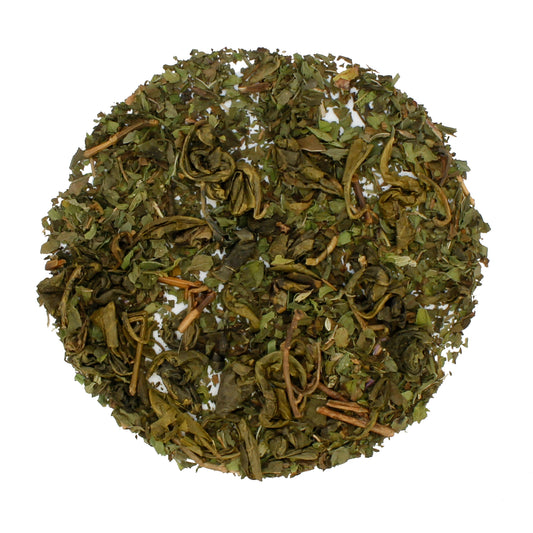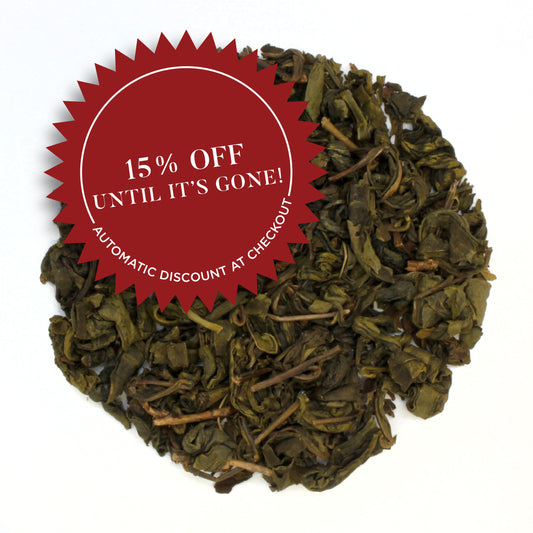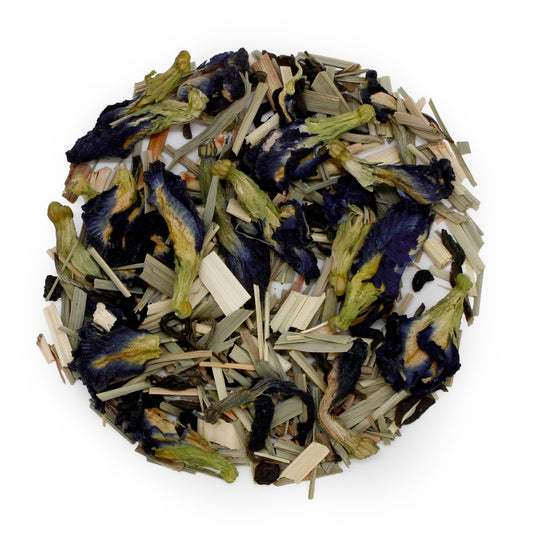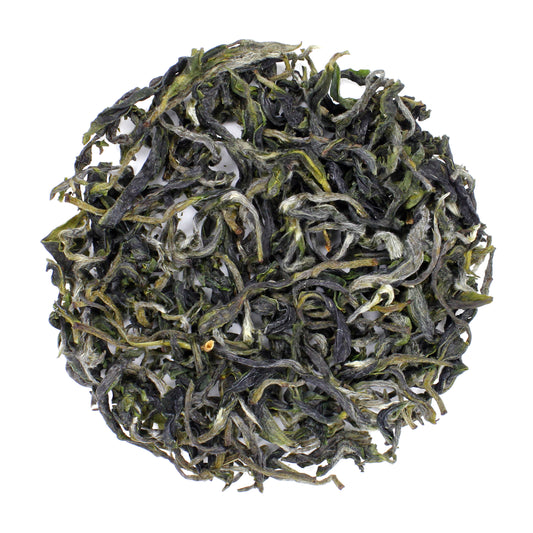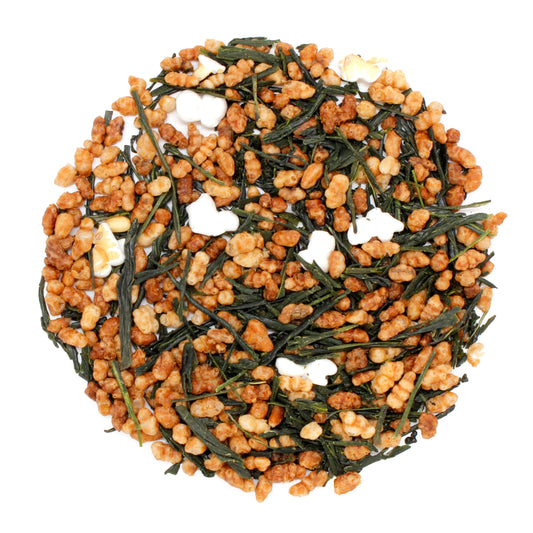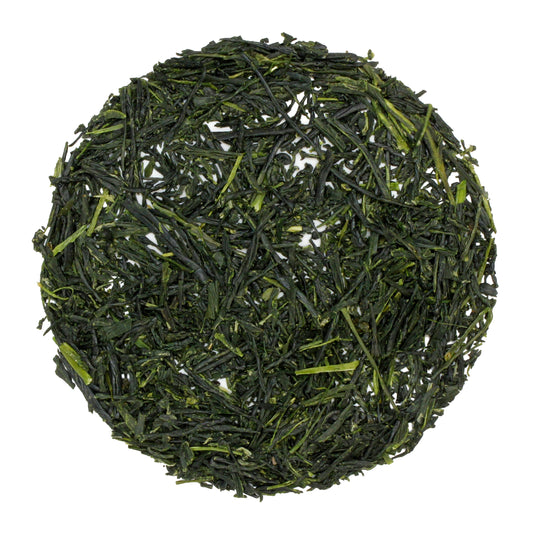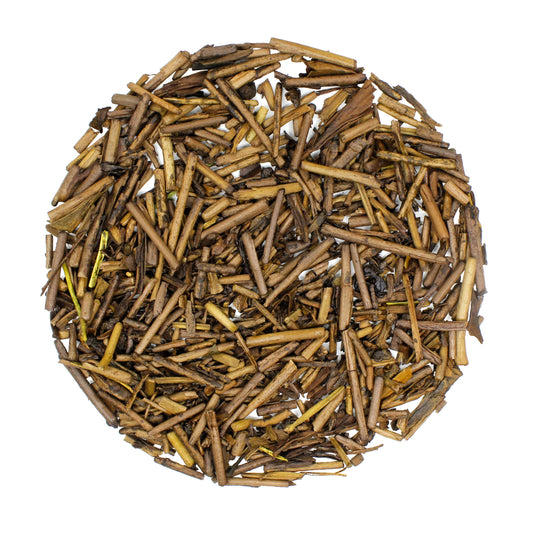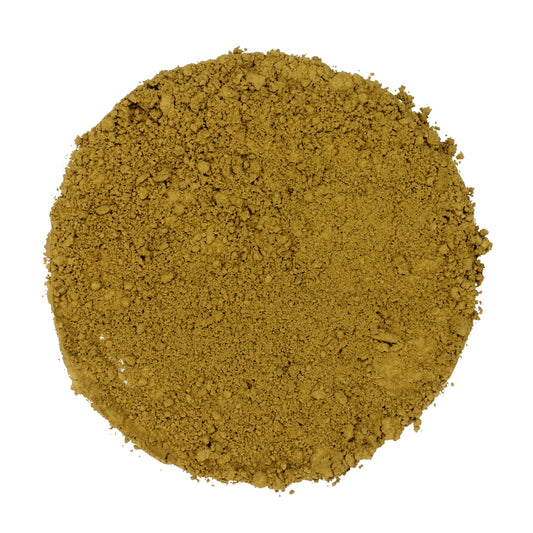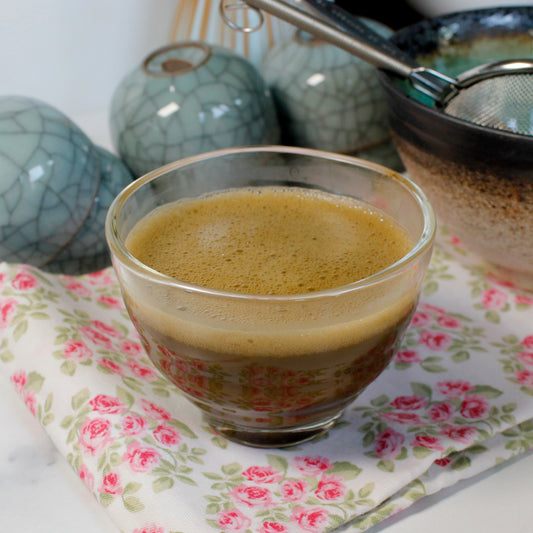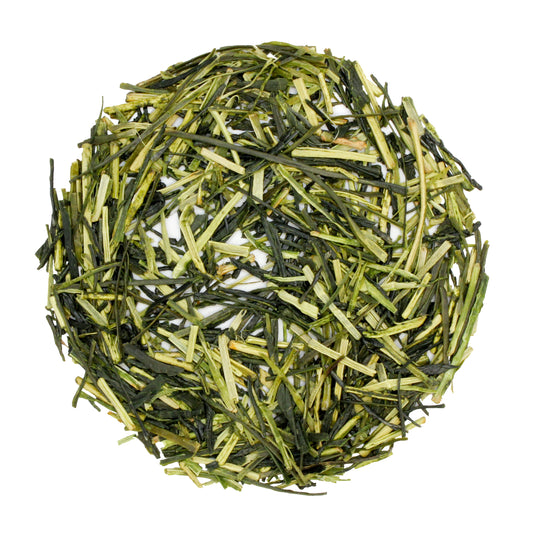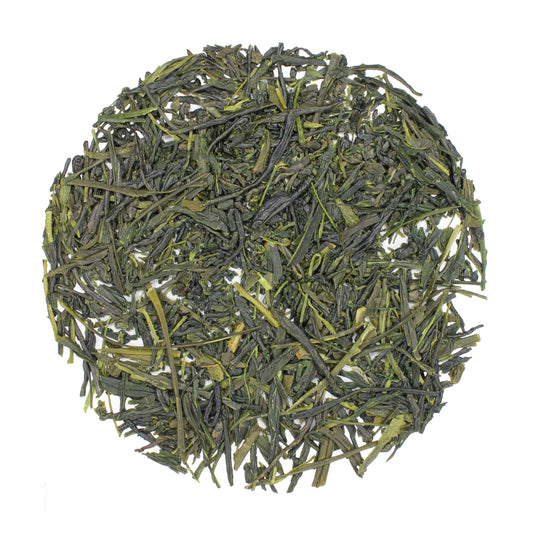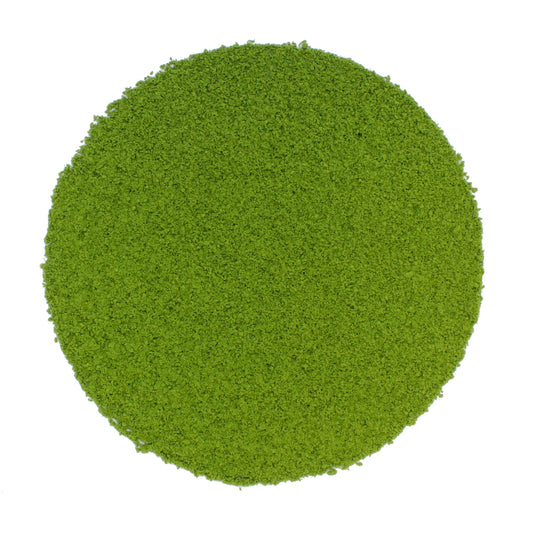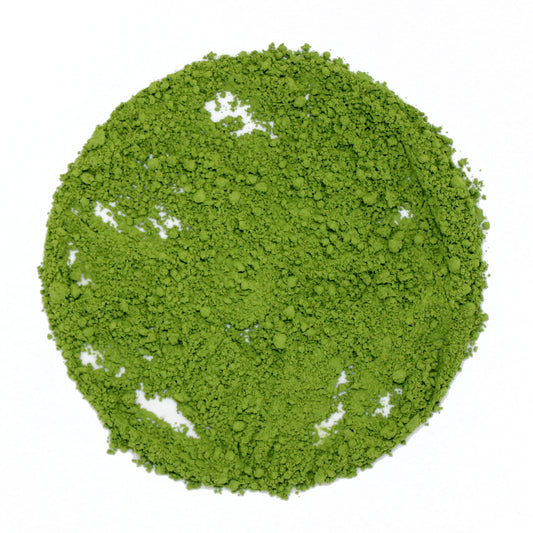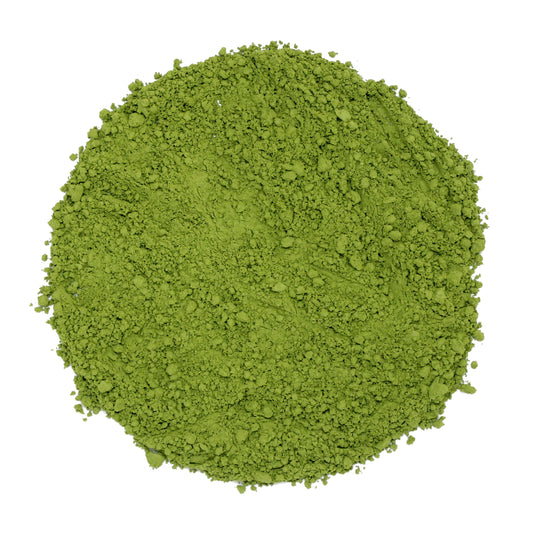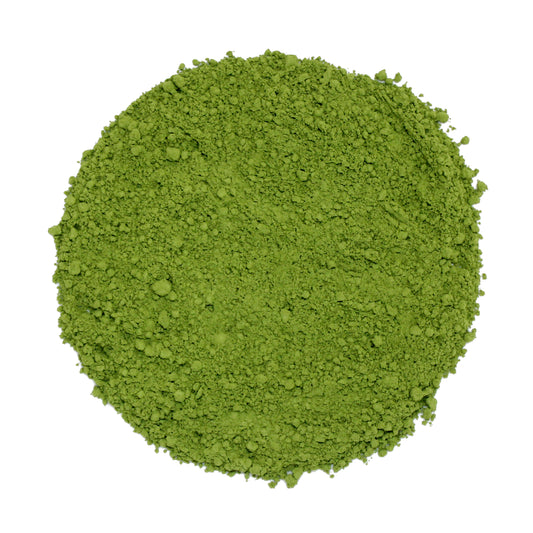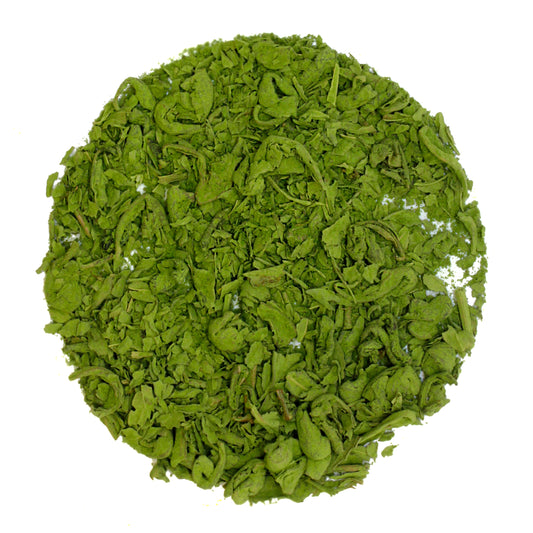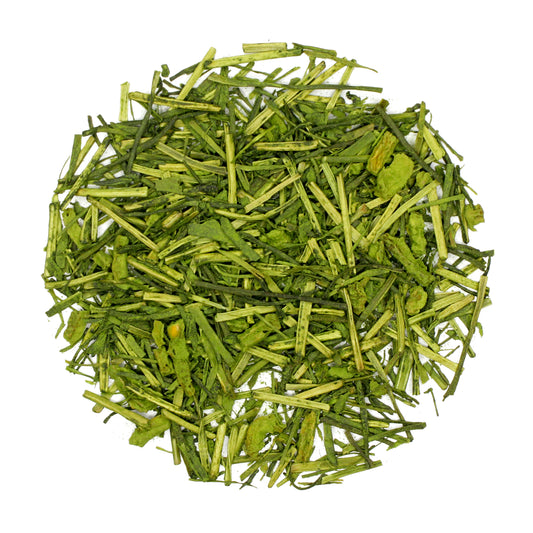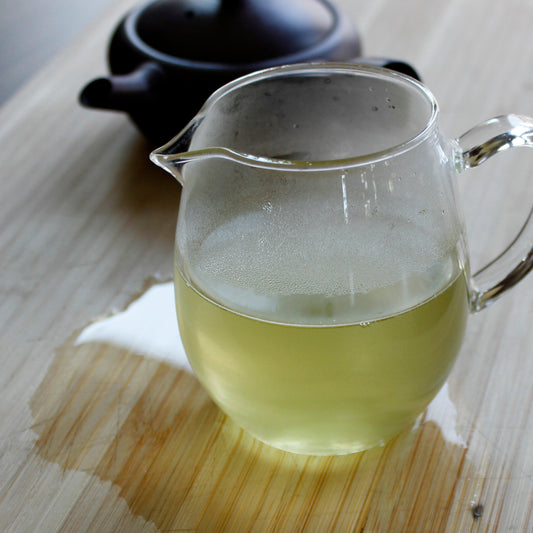GREEN TEA
Collapsible content
About Green Tea
Green Tea (lu cha):
Dark green leaves, light green liquor, delicious green tea! After being gently plucked from the Camellia sinensis bush, the leaves are lightly dried and immediately fired to prevent oxidation (most Chinese green teas are heated in woks while Japanese teas are heated in giant steamers), which helps to preserve its fresh vegetal flavors (and that stunning green color). The leaves are then rolled either by hand or machine into their recognizable twisted, folded, or rolled shapes, then dried.
Green teas can vary in flavor and character depending on the terroir, cultivar, and method of processing. The style has been around for over a thousand years and is considered the original tea (fresh tea leaves in hot water), meaning there are hundreds of different kinds, and time has allowed for plenty of experimentation and perfection.
The diversity of green tea means that flavors can range from bright and grassy to soft and buttery, but there’s always a hint of fresh vegetables. The liquor can range from delicate to heavy bodied. Steaming the leaves tends to impart more marine flavors, while wok firing leaves a dryer, smokier profile.
Green tea is high in polyphenols, a.k.a. antioxidants, the main building blocks of antibodies in the immune system. Polyphenols have been shown to help increase the white blood cell count and reduce the formation of free radicals in the body, reducing the risk of cancer and a variety of infections and diseases. Most green teas contain mild to moderate amounts of glorious caffeine, though caffeine content can differ from tea to tea, and even steep to steep.
Chinese/Taiwanese Green Tea
-
China Green Jade: Mao Jian
Regular price From $3.00Regular priceUnit price per -
Dragonwell: Long Jing
Regular price From $4.00Regular priceUnit price per -
Golden Green
Regular price From $3.00Regular priceUnit price per -
Jasmine Flowering Buds
Regular price From $4.00Regular priceUnit price per -
Jasmine Pearls
Regular price From $4.00Regular priceUnit price per -
Jasmine: Yin Hao
Regular price From $3.00Regular priceUnit price per -
Moroccan Mint
Regular price From $3.00Regular priceUnit price per -
Moroccan Peppermint
Regular price From $3.00Regular priceUnit price per -
Peaflower Blossom
Regular price From $3.00Regular priceUnit price per -
San Xia: Bi Luo Chun
Regular price From $6.00Regular priceUnit price per
Japanese Green Tea
-
Genmai Cha
Regular price From $4.00Regular priceUnit price per -
Hojicha Powder
Regular price $14.80Regular priceUnit price per -
Sencha: Asamushi
Regular price From $3.00Regular priceUnit price per -
Sencha: Fukamushi
Regular price From $3.00Regular priceUnit price per
Matcha
-
Gabaron Ceremonial Grade - 40 g Tin
Regular price $33.75Regular priceUnit price per -
Isuzu Ceremonial Grade
Regular price $24.75Regular priceUnit price per -
Kinrin Thick Grade - Ceremonial
Regular price $29.25Regular priceUnit price per -
Matcha: Ingredient Grade
Regular price From $20.00Regular priceUnit price per -
Matcha: Premium
Regular price From $18.00Regular priceUnit price per -
Mint Matcha
Regular price $12.00Regular priceUnit price per -
Yuzu Matcha
Regular price $18.90Regular priceUnit price per

